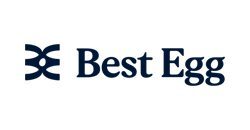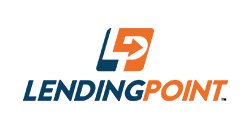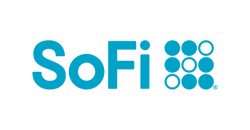Holiday loans can help break up your Christmas spending into affordable increments, but they aren’t for everyone. Consider the following alternatives:
Pay in cash
Unlike a mortgage or small business loan, borrowing money for holiday expenses may qualify as “bad debt,” debt that doesn’t benefit you financially. If you don’t want to take on new debt this holiday season, the best strategy is to create a budget and save in advance for your holiday purchases.
Here are some steps you can take to pay cash for your holiday spending:
- Set a budget. Make a list of all the purchases you plan to make and research the cost. Be sure to include gifts, travel expenses, decorations and food.
- Divide that by the number of months you have left to save. For example, if you need to save $600 for holiday spending and you’re starting in August, you need to save $150 each month to meet your goal by Dec. 1.
- Stick to your budget. It can be tempting to get swept up in the holiday spirit and overspend, but try your best to stay within the amount you saved up. By sticking to your budget, you can avoid paying for your holiday festivities well into the new year.
Credit card
Since a credit card is a revolving line of credit instead of a lump sum of cash, this may be a better fit for consumers who aren’t sure how much financing they’ll need. Credit cards are repaid monthly, but unlike holiday loans, they typically have variable rates, so your payments may be different each month.
However, it’s easy to overspend when you have a high credit limit. Remember that you’ll have to pay interest on any purchases that aren’t paid off by the time the statement balance is due.
If you want to save money and have strong enough credit to qualify, consider applying for a 0% APR credit card, which won’t charge you interest during the card’s introductory period (commonly 12 to 21 months). After that, you’ll be responsible for paying interest on any remaining balance.
Buy now, pay later
A popular financing option for online shoppers are buy now, pay later apps (BNPL) to finance purchases. Typically, BNPL apps break up your purchase into four equal payments, due every other week.
BNPL companies typically don’t charge interest or fees for these short-term loans, but some companies offer longer financing options that do come with interest. To use a BNPL service, look for the financing option during the checkout process.
Personal line of credit
A personal line of credit (PLOC) works similarly to a credit card but comes with an initial draw period and a repayment period. You’ll be able to borrow up to a predetermined amount and will only be charged interest on what you use. Lenders typically offer variable interest rates on PLOCs.
Since this is a less-common form of financing, you may have to do some research to find a lender that offers PLOCs. It may help your approval odds if you already have an established, trusted relationship with the lender.













